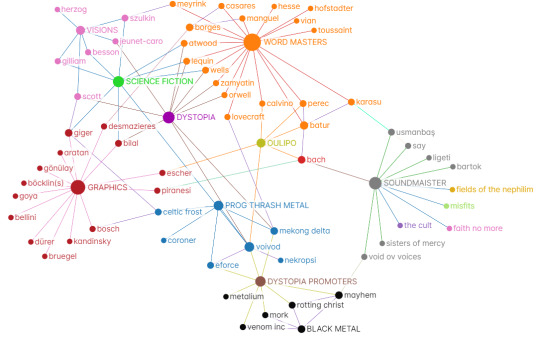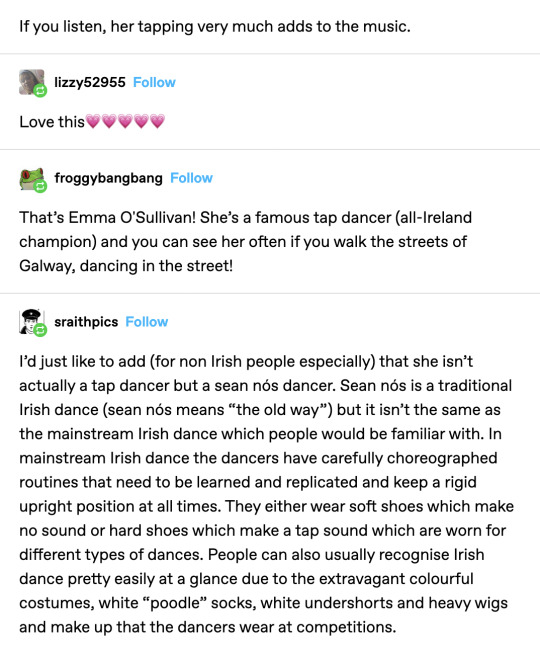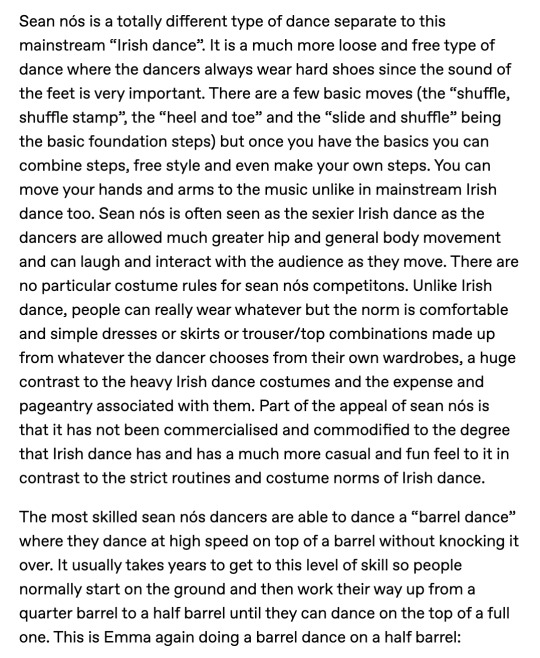#italo-celtic
Explore tagged Tumblr posts
Text
wanting to put my druidic path in a predominantly Celtic (continental Celtic as well as Old British to be exact.. sorry Irish Ancestors.) path so i've been through the help of the internet, coming up with constructed names for the roman deities, and coming up with syncretizations either through history or UPG. For Diana - Adruinna/Louna/Adsagsona Arduinna being the manifestation of the huntress and wilderness Diana, Louna being Luna, and Adsagsona (who we know very little of other than she's a cthonic witching goddess) for Trivia. As for Diana-Nemorensis, she appears to me as Nemetona. For Apollo (this is where it gets really messy) - Grannus is the name I call upon in regards to healing, and I call on Grannus alongside Sirona. In regards to Apollo as the Aradian-Lucifer, I feel that Lugus and Endovelicus both could fill that role. Though Lugus is more associated with Mercury that Apollo, I also tie Lugus to Lugh because of the light aspect. And Both Lucifer and Lugh are known to be mercurial trickster figures. In the fall I usually call to Apollo as Maponos. The Horned One - He's already VERY syncretic in terms of existence, so the name I call him varies based on how he shows himself to me. As the Folk Devil/Witches' Devil, he's usually Lupercus, who through demonization, is syncretized with Lucifer, but historically also Faunus. The Devil as Lightbearer to me is Cunamaglos (who i associate with Lupercus), Lugus, or Endovelicus (through Luciferian ties), and then as King of the Forest(both Folk Devil and Otherwise), Callirius. I dont really click with the name Cernunnos, but alternate spellings like Carneo or Carnonos, or Cernun, resonate a bit more. Cunamaglos also fills the role of my Wolf-Spirit deity in the masculine form. Fauna - Easy enough, Fauna is Druantia. Both the feminine form of the Horned One, and also the personification of Druidry as a whole. She IS Nature personified, and kinda blends with Diana-Nemorensis to form Nemetona. As a fertility and underworld goddess (an epithet i use for Druantia is Bone-Mother, giving her a Cthonic link), she can be Aeracura. Thus giving names such as Druantia, Druantia-Nemetona, and Druantia-Aeracura. Her cthonic form is also linked to her fertility aspect as well, since life and death are two sides of the same coin, which is fitting as Aeracura is historically a cthonic and fertility goddess. I haven't quite figured out where Venus stands in all this, though I'm sure I'll figure it out in time. I also plan to Incorperate Brigantia into my practice, since she's another form of Brigid. I also want to form a relationship with Andraste, and can respark my relationship with An Morrigan/The Raven Queen under the name Cathubodua, which is the first name of hers that really resonated with me. As for Aradia, I Personally don't view Aradia as an external spirit, I feel she exists WITHIN the practicioner, as I view Witches as all of Diana/Adsagsona's children. Though Aradia very well may have been a physical person or deity at some point. I feel Aradia works WITHIN us.
33 notes
·
View notes
Text
Music Recommendations Part 4
1. Faces - Clio
youtube
2. The Look of Love - ABC
youtube
3. Don't You Want Me - The Human League
youtube
4. Ashes to Ashes - David Bowie
youtube
5. I Wanna Be Adored - The Stone Roses
youtube
6. It's My Life - Talk Talk
youtube
7. Only You - Steve Monite
youtube
8. Estrelar - Marcos Valle
youtube
9. Once in a Lifetime - Talking Heads
youtube
10. The Whole of the Moon - The Waterboys
youtube
#music#music recommendations#music recs#rock music#80s music#post punk#disco#dance music#dance pop#boogid#italo disco#art pop#new wave#funk#madchester#boogie#funk rock#celtic rock#clio#abc band#the human league#david bowie#the stone roses#talk talk#steve monite#marcos valle#talking heads#the waterboys#Youtube
24 notes
·
View notes
Text
Ellen Trechend – Ultraviolent Trioleader

“ Tá tú rud ar bith, ach an dara grád. leathcheann! ”
– itself
The Ellén Trechend is a three-headed monster referred to in Irish mythology.
It is mentioned in the text Cath Maige Mucrama (The Battle of Mag Mucrima) as having emerged from the cave of Cruachan (Rathcroghan, County Roscommon) and laid waste to Ireland until it was killed by the Ulaid poet and hero Amergin.
The Ellén Trechend was introduced in Weather Dragons, Two Lights, Worldcraft, and Rescris as part of Rapunzel's Tangled Adventure and Assassin's Creed sequels.
Physiology
The Yamata no Orochi, their parent, is larger than Ellén Trechend, a big, three-headed bird that resembles a dragon. Its entire body is covered in bioluminescent markings, including butterfly-like wing designs that change from orange, green, yellow, and blue with crystalline and shimmering patterns. It also contains prehensile scale-tipped lights. In order to counter enemies, their tail was extremely prehensile and spiky.
The Ellén Trechend's Achilles heel is a Christian cross shaped on its chest.
#ognimdo2002#earth responsibly#science fantasy#earth#irish#irish mythology#celtic#italo celtic#ireland#art#ibispaint art#speculative evolution#art ph#ibispaintx#rapunzel's tangled adventure#irish history#ellen trechend#eldritch#eldrich horror#eldritch terror#weather dragons#dragon#bird#avian#demon#ber months#november#november 2024
2 notes
·
View notes
Photo

oulipo connections on a gray matter /
https://graphcommons.com/graphs/e1d3393e-7734-4c7e-a5da-abce59a0f928
#OULIPO#SOUNDMAISTER#GRAPHICS#Progressive Thrash Metal#BLACK METAL#DSYTOPIA PROMOTERS#georges perec#Jorge Luis Borges#BİLGE KARASU#ENİS BATUR#italo calvino#Albrecht Dürer#piranesi#bach#sisters of mercy#voivod#mekong delta#coroner#celtic frost#mayhem#rotting christ#venom inc#mork#the cult#faith no more#fields of the nephilim#ilhan usmanbaş#fazıl say#escher#kemal aratan
8 notes
·
View notes
Text
A team of 91 researchers—including famed geneticist Eske Willerslev at the Lundbeck Foundation GeoGenetics Center, University of Copenhagen—has discovered a Bronze Age genetic divergence connected to eastern and western Mediterranean Indo-European language speakers. Findings indicate that Spanish, French and Italian populations received steppe ancestry from Bell Beaker groups, while Greek and Armenian groups acquired ancestry directly from Yamnaya populations. Their results are consistent with the Italo-Celtic and Graeco-Armenian linguistic models.
Continue Reading.
85 notes
·
View notes
Text

Bronze helmet, Italo-Celtic, 325-200 BC
from The Ashmolean Museum
478 notes
·
View notes
Text
is it possible for a serious linguist to consider the italic branch paraphyletic, with latino-faliscan and osco-umbrian branching off directly from italo-celtic? (does anyone even care about italo-celtic anymore? am i hopelessly behind the times?)
16 notes
·
View notes
Text
Somebody's made a conlang family where Continental Celtic survives and develops along the approximate lines of Italo-Romance, right?
19 notes
·
View notes
Text
I got myself trying to fix PIE stops again for some reason
I think at this point I kind of think the original system was like
tʰ t d
Anatolian breaks off, merges t d, spells tʰ tt for some goddamn reason
Tocharian breaks off, Uralic sees it merge all three into t.
Germanic breaks off, tʰ > þ. d > ð shortly after
The Balkan group radiates out as VOT starts to shift or d > ð or something
Thraco-Armenian first, nothing special happens to its stops until the post classical era, where Armenian goes really crazy
Greco-Phrygian breaks off. Phrygian merges tʰ t, Greek does some goddamn shuffle tʰ t d > t d tʰ
Albanian breaks off as the last of the Balkan radiation. Remnant PIE has finished tʰ t d > t(ʰ) d ð or t(ʰ) d+H d+L or something
Italo-Celtic shows ð
Balto-Slavic shows d+L
Indo-Iranian either murmurs ð or d+L and then splits t(ʰ)
Greek is the only thing really hard to explain but even Phrygian is well behaved with this so whatever
0 notes
Text
the tes conlangs are boring so I feel like when I use them I'd expand their syntax a bit. call it "old" or something when appropriate
for Ta'agra in particular I'm thinking a Romani style case system with some dynamism to the verbs, like making impf stems do the yaparras thing of afroasiatic. "modern" ta'agra would have analyticalized under Imperial influence so I could use the Ta'agra project's ta'agra with my own
Old Nord would be a bit more Old Norse. Like, -r and such maybe. Dragon influences could disassociate the entire tense system, instead focusing on telicity since that's probably something a Dragon could want/understand.
Bretic could inherit Celtic mutation and maybe some Frenchisms
I feel like Aldmeris is going for some celto-italo-greco thing and a PIE-typical suffixing grammar probably wouldn't be too crazy to attach to it.
0 notes
Text
Personal Italo-Celtic Syncretisms:
Diana (in her many forms): Nemorensis - Nemetona, Druantia, Arduinna, and Abnoba (for obvious wilderness and forest reasons) Luna - Epona (shared Horse symbolism, and rulership over dreams. Just feels right tbh) Trivia - Adsaxona/Adsagsona (goddess of magick) Proserpina - Erecura (cthonic fertility goddess)
0 notes
Video
Interesting that it’s sean nós, not nós sean. Seems Irish does like several Romance languages (“Italo-Celtic”) and puts adjectives of age (e.g. nouveau riche, jeune fille) before the noun, not after. (But not size—French puts grand before, Spanish has gran for before and grande for after, but mor only goes after.)
Although the Latin root that sean shares is mostly replaced for describing age by viejo and vieux and similar, in Romance, you might recognize it in the English words “senior”, “senile”, and “Senate”.




https://www.youtube.com/watch?v=GX3Z8qG7AKo

26K notes
·
View notes
Text
France, Spain, Portugal, and Italy are grouped together based on the fact that they are an amalgamation of Celtic, Germanic, and Italo-Roman attributes. Ancestrally, they are primarily Celtic but have been dominated by a Germanic hegemon which has influenced their culture. Italo-Roman influence manifests in the form of both language and religeon, not to mention the Latin cultural hegemony and possible intermarriage that occurred during the Roman period.
Blaze
0 notes
0 notes
Note
For the weather asking game:
💧- What’s the most emotional scene you’ve written?
⚡️- what’s something spontaneous you’ve added to your story that you wouldn’t normally add?
💦- How many WIPs do you have in all?
Hi, thanks for the question!! I'm a bit Kate in answering it, but its very much appreciated!!
💧 I think for now a scene about Liam's dream in Causing an Apocalypse. Actually tho I feel like the most emotional scene I have yet to write, and I have a feeling it will be in the first/second chapter of TSOU. Its when Katz exits from the bar and you realise that all her boldness is just a façade, and she is actually extremely lonely. I based this scene on a scene of Pin in Path to the Spider's Nest by Italo Calvino. Its my favorite book
⚡Mh, I some scenes such as characters driving in a storm or similar. Those are often things that happen to me but exaggerated. Writing them both my characters helps me metabolize things. I don't know if they will make it in the official thing, but for now they are there
💦 Thecnically? Just 2. But there is a ton of stories that I want to write. An illustrated children's book. An anthology of short stories. Another fantasy based on wind and celtic magic. So many ideas and possibilities really
1 note
·
View note
Text

Bronze helmet, Italo-Celtic, 325-200 BC
from The Ashmolean Museum, Oxford
234 notes
·
View notes
Text
bodacious italo-celtic babes
bodacious germanic babes
251 notes
·
View notes